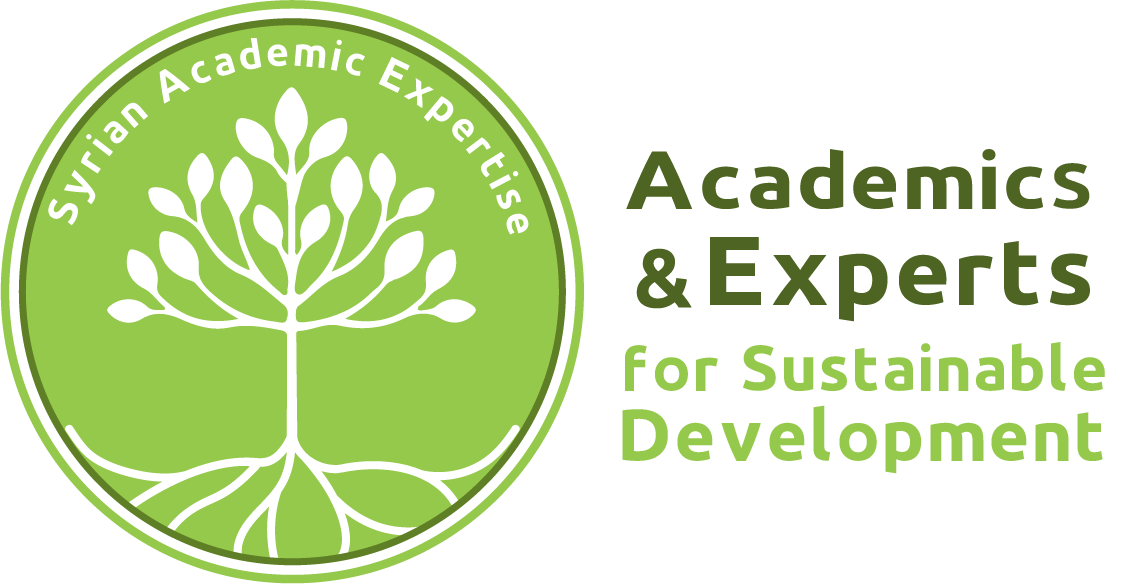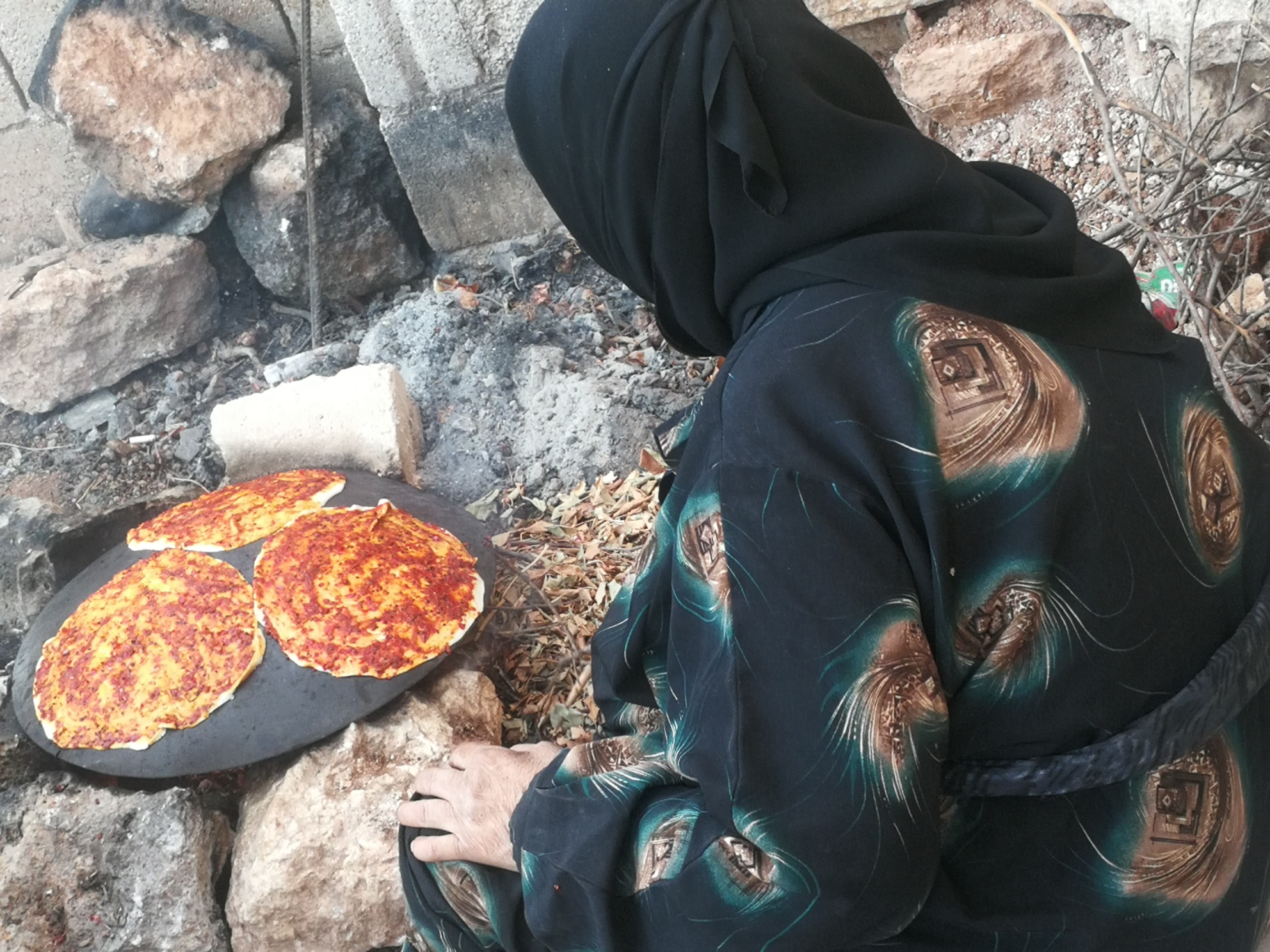COVID-19 may not have reached Syrian communities in the Middle East, but its domino effects have
ANN-CHRISTIN WAGNER, SHAHER ABDULLATEEF & LISA BODEN
In a village in western Aleppo, a man walks into a butcher’s shop. He asks the shop assistant to sell him minced meat for 500 Syrian pounds (£0.80). ‘Ala rasi’ (literally ‘on my head’), the vendor replies, using a common formula of politeness. Meticulously, he wraps up the meat, a tiny slice, no more than the size of the customer’s little finger. In times when Syrian butchers charge 11,000 Syrian pounds for a kilogramme of meat, this, of course, is a bitter joke.
It was shared by a participant in our new From the Field project. Since April 2020, and thanks to funding from the SRC-Global Challenges Research Fund at the University of Edinburgh, we have been using remote surveys and ethnography to assess the impact of COVID-19 on displaced Syrians’ food security and agricultural livelihoods in the Middle East. This article presents preliminary results from WhatsApp surveys and digital ‘food diaries’ with around 40 Syrian families in Jordan, Turkey, the Kurdistan Region of Iraq (KRI) and northern Syria. It argues that while COVID-19 may not have reached Syrian communities in the Middle East, its domino effects have, leaving them with no income and unable to cope with price hikes for food and public transport.

